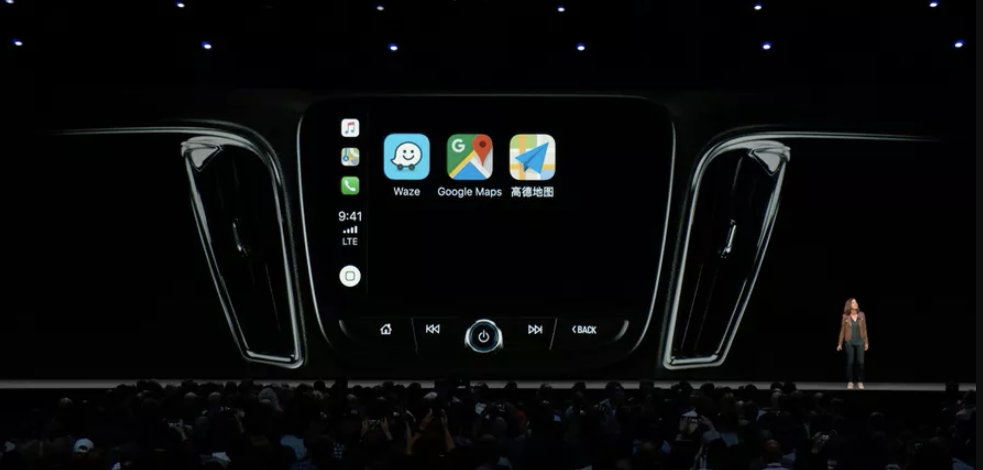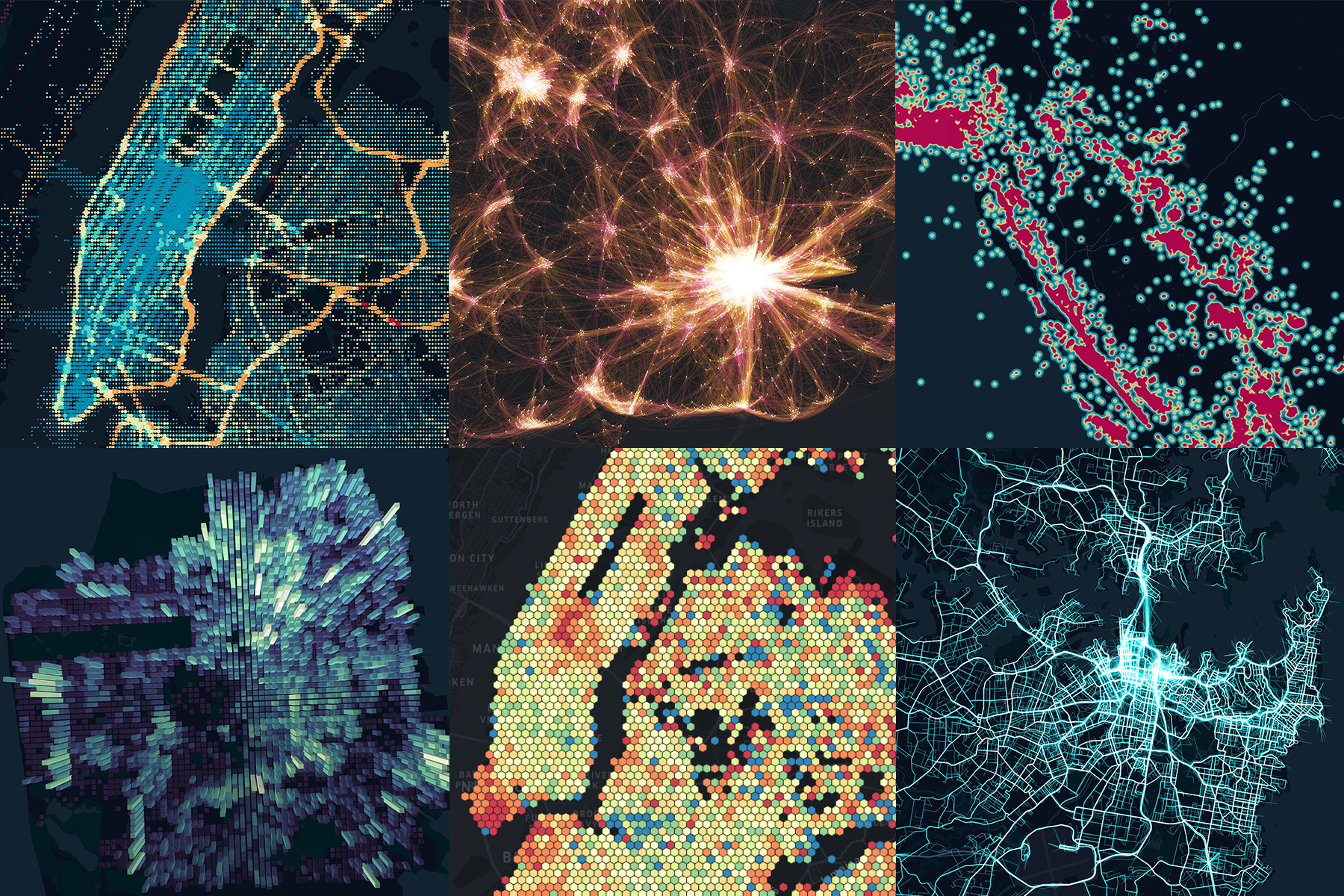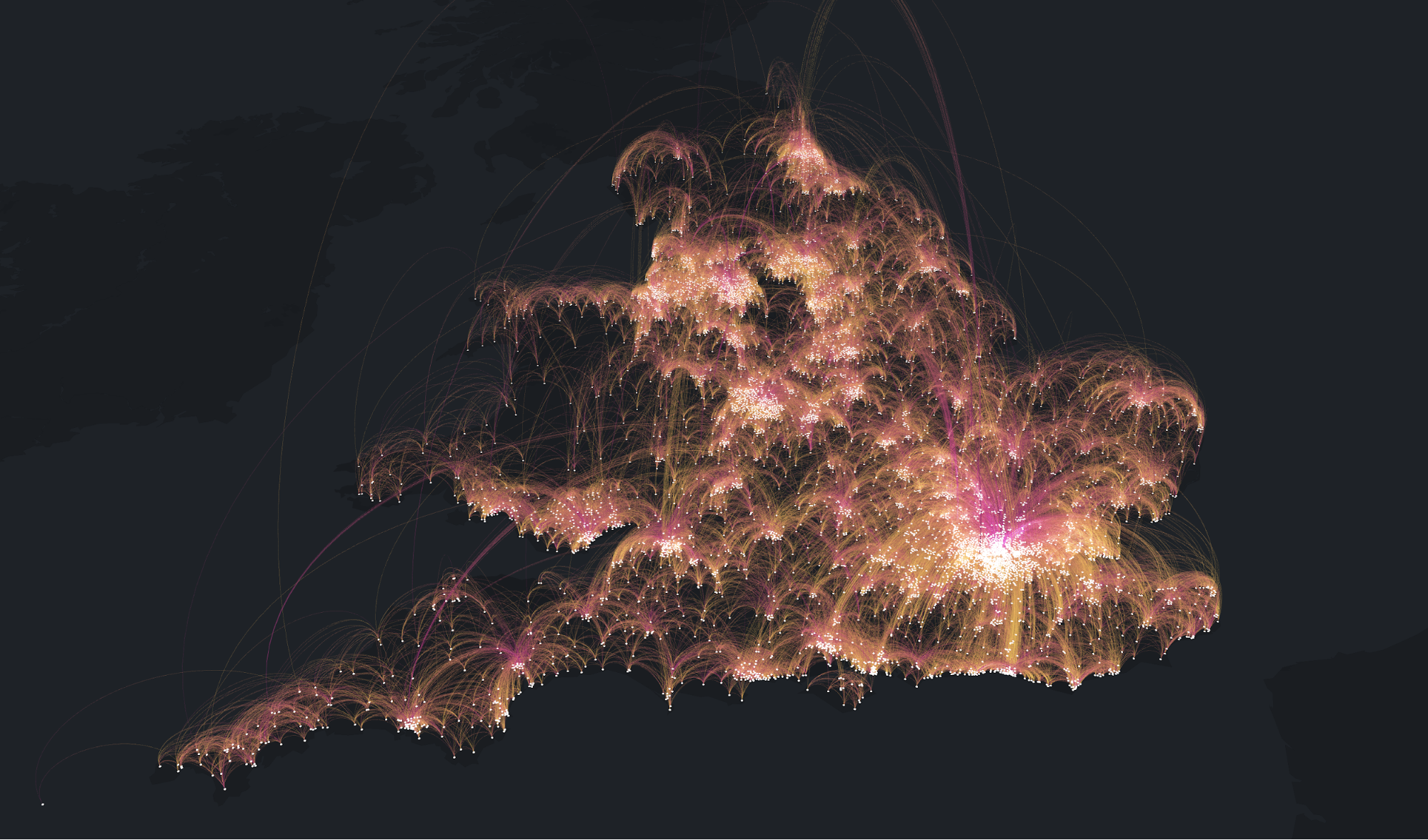
Finally! iOS 12 will bring Google Maps, Waze to Apple CarPlay
Ever since Apple launched CarPlay in 2014, the tech giant has tried to tie down its users in a monogamous relationship with Apple Maps. Not surprisingly, that has been a deal-breaker for many, with users forgoing Apple’s in-car infotainment system in favor of their favorite phone-based navigation app. But, things will soon change with the release of iPhone’s upcoming operating system iOS 12.
In what can only be called as a huge policy shift for Apple, CarPlay software is all set to extend support to third-party navigation apps like Google Maps, Waze, and Chinese navigation app Autonavi Navigation. The picture below shows the logos of these apps in the demo Apple gave at its WWDC event this week.

Apple is notorious for keeping a tight rein over its operating ecosystem and advocating its native apps. But Maps is hardly a product Apple can claim to be proud of.
Apple Maps’ disastrous release of 2012 notwithstanding, when Justin O’Beirne compared a San Francisco location on both Google and Apple Maps continuously from May 2016 to June 2017, he discovered that Apple had not only failed to populate its map with quality data, it had been pretty lazy with the user interface as well. Google, meanwhile, quietly turned its road map into a “place map” by giving prominence to the businesses in that location and taking the pain to make the data display as user-friendly as possible.
In that sense, opening up CarPlay is a wise move on Apple’s part to encourage more people to use the software more often. To be clear, it isn’t that CarPlay has not been offering any third-party support at all. A limited number of apps, such as Spotify, WhatsApp, VOX, Pandora, etc., have been enjoying CarPlay’s patronage for quite some time. But support for mapping and navigation apps was a big hole in the service that Apple refused to fill until now.









